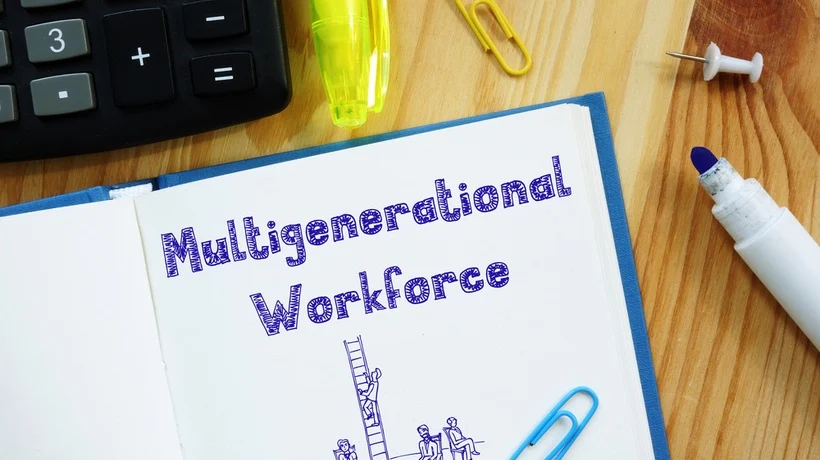Welcome to the Topic “The Future of Work: How IT Can Support a Multi-Generational Workforce”
The modern workplace is evolving, and with it, the diversity of the workforce. For the first time in history, many organizations have employees from four or even five different generations working side by side. These generations—Traditionalists, Baby Boomers, Generation X, Millennials, and Generation Z—bring varying perspectives, values, and work styles to the table. This diversity presents both opportunities and challenges for businesses. Understanding these generational differences is crucial to fostering a harmonious and productive work environment.
Tailoring IT Solutions to Diverse Needs
One of the key ways IT can support a multi-generational workforce is by providing tools and technologies that cater to the unique needs of each generation. For instance, while older generations may prefer more traditional forms of communication like email, younger employees might gravitate towards instant messaging platforms and social media. IT departments must ensure that the organization’s communication tools are versatile and inclusive, accommodating the preferences of all employees.
Moreover, training and development programs should be designed to bridge the digital divide that may exist between different generations. For example, while Millennials and Gen Z employees might quickly adapt to new software and technologies, Baby Boomers and Traditionalists might need more time and support. IT can play a pivotal role by offering tailored training programs that help employees across generations feel confident and competent in using new tools.
Enabling Flexible Work Environments
The concept of work is no longer confined to the traditional 9-to-5 office setting. Many organizations are adopting flexible work arrangements, such as remote work, flexible hours, and hybrid models, to meet the diverse needs of their employees. IT is at the forefront of enabling these flexible work environments. By providing reliable remote access to company networks, cloud-based collaboration tools, and robust cybersecurity measures, IT ensures that employees can work effectively from anywhere, at any time.
Flexible work arrangements are particularly beneficial for different generations in the workforce. For example, younger employees may appreciate the freedom to work remotely or during unconventional hours, while older employees might value the ability to balance work with other life responsibilities, such as caregiving. IT’s role in supporting these flexible arrangements is critical to maintaining productivity and employee satisfaction.
Fostering Collaboration Across Generations
Collaboration is essential in a multi-generational workforce, but it can be challenging when employees have different communication styles and preferences. IT can facilitate collaboration by providing platforms that encourage cross-generational interaction and knowledge sharing. For example, project management tools, video conferencing software, and
collaborative workspaces can bring employees together, regardless of their physical location or generational background.
Additionally, IT can support the creation of virtual mentoring programs where older employees can share their experience and knowledge with younger colleagues, while younger employees can help older generations navigate new technologies. These initiatives not only foster collaboration but also build a sense of community and mutual respect among employees.
Supporting Continuous Learning and Development
In a rapidly changing work environment, continuous learning and development are crucial for staying competitive. IT can support multi-generational learning by offering a variety of digital learning platforms and resources. These platforms should be user-friendly and accessible to employees of all ages, ensuring that everyone has the opportunity to upskill and reskill as needed.
Furthermore, IT can help create personalized learning paths that cater to the specific needs and career goals of each generation. For example, while older employees might focus on developing leadership skills or adapting to new technologies, younger employees might seek opportunities to expand their technical expertise or explore new career paths. By supporting continuous learning, IT helps organizations build a more agile and capable workforce.
The Role of IT in Shaping the Future of Work
As the workforce continues to evolve, so too must the role of IT. IT departments must be proactive in identifying and implementing technologies that support a diverse and multi-generational workforce. This includes everything from communication tools and collaboration platforms to training programs and flexible work solutions. By doing so, IT not only enhances productivity and employee satisfaction but also plays a critical role in shaping the future of work.
Also Read: Adapting IT Services for Remote Workforce






